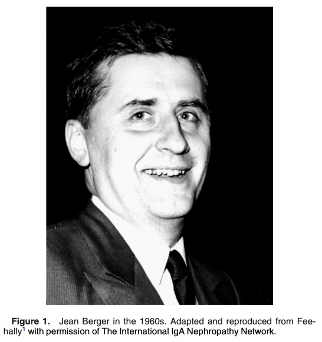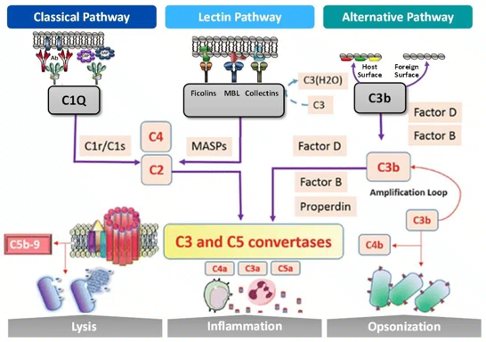
Urmila Anandh
@AnandhUrmila
Nephrologist . Interested in places and people.
ID:914421804940222465
01-10-2017 09:28:42
21,2K Tweets
3,4K Followers
666 Following
Follow People



Didn’t have time⌚ to read the full article 📄 ? Go over this 💥 high-yield 💥 summary by Anvitha Rangan & Stephanie Torres M.D.
👉 nephjc.com/news/apoe-in-c…
#NephJC




Urmila Anandh As per this seminal paper by Thomas et al., doi.org/10.1016/j.semn…, deposits can be seen in mesangium and Bownmann's capsule as well in DDD!
May be pathology experts may help out here!



























